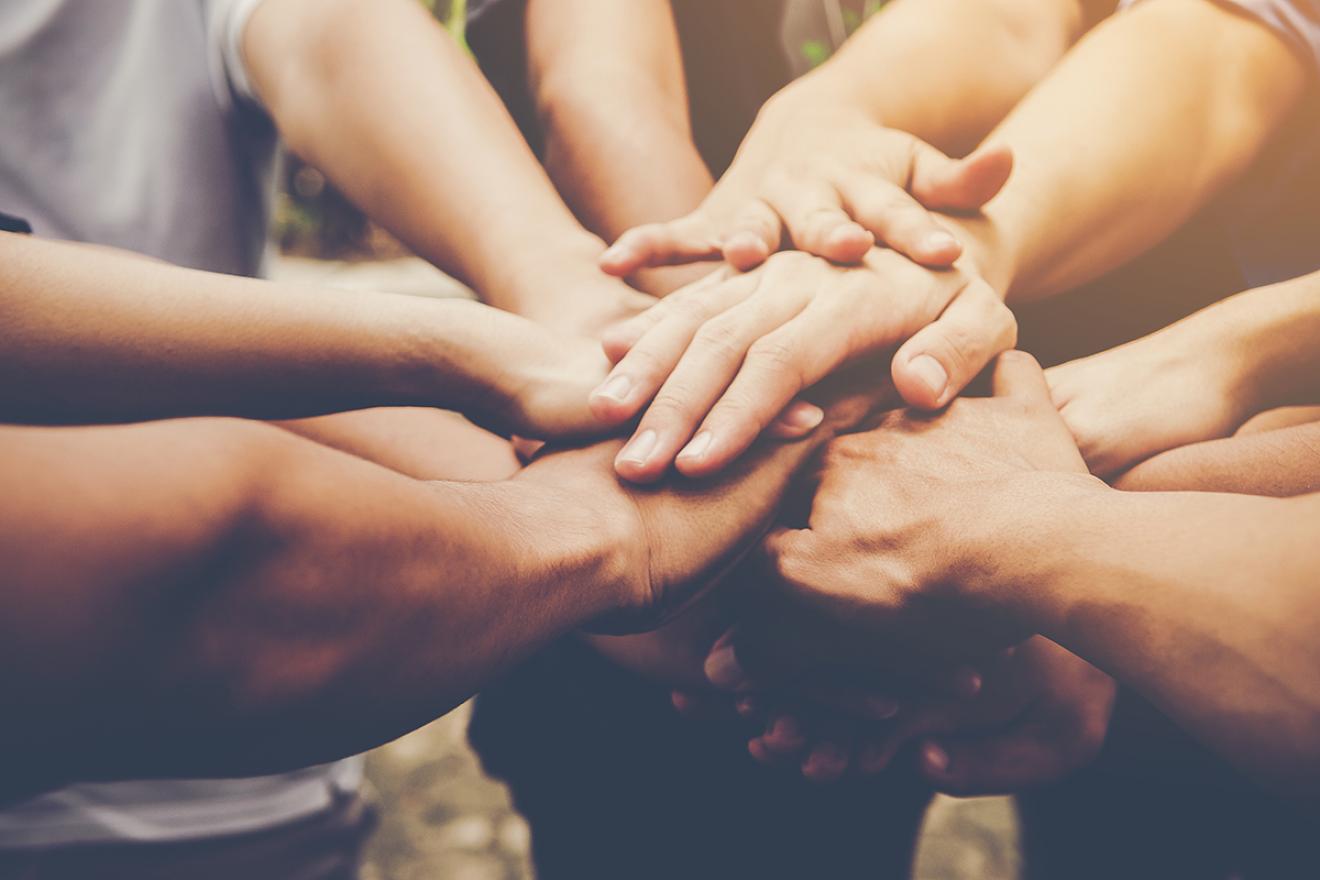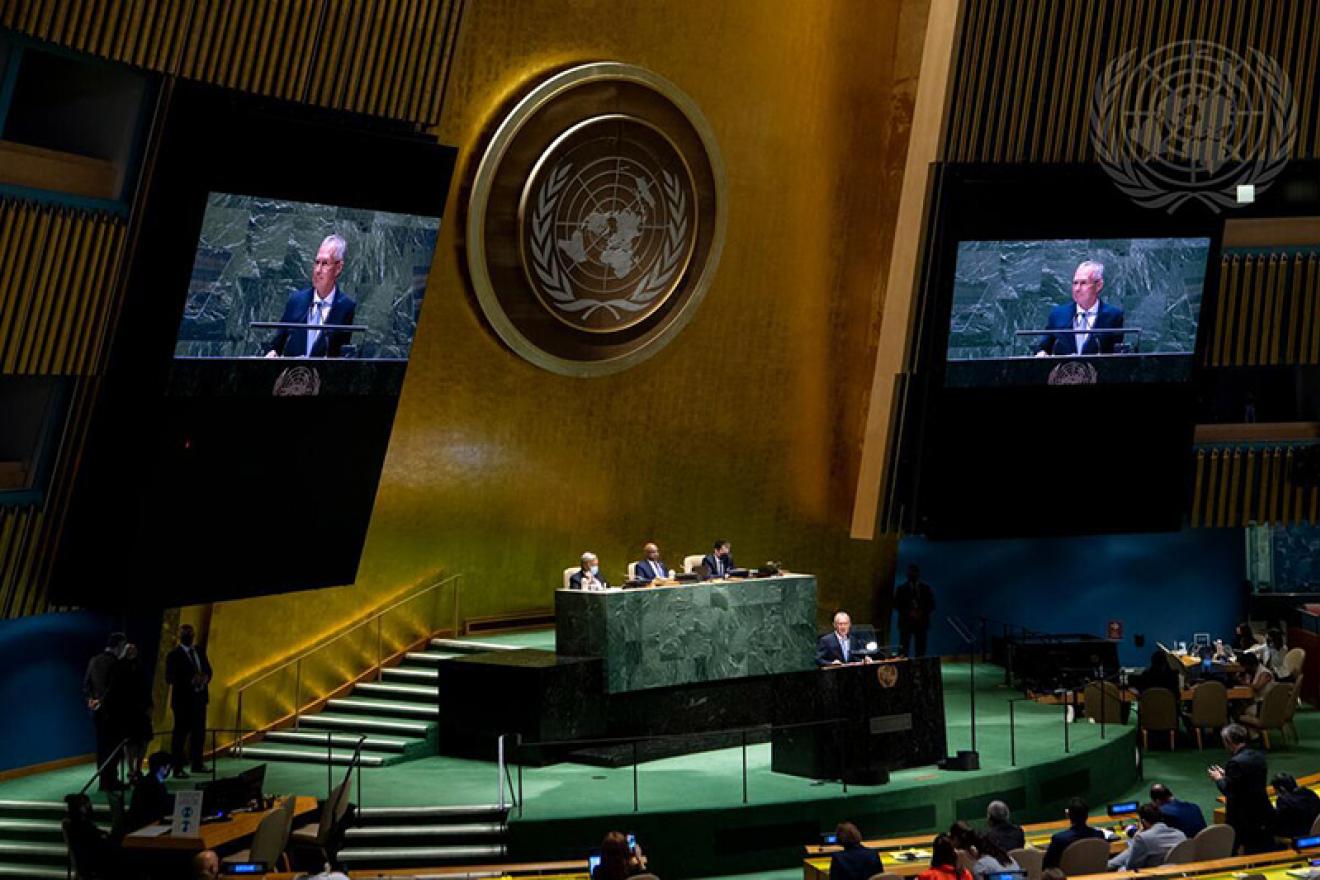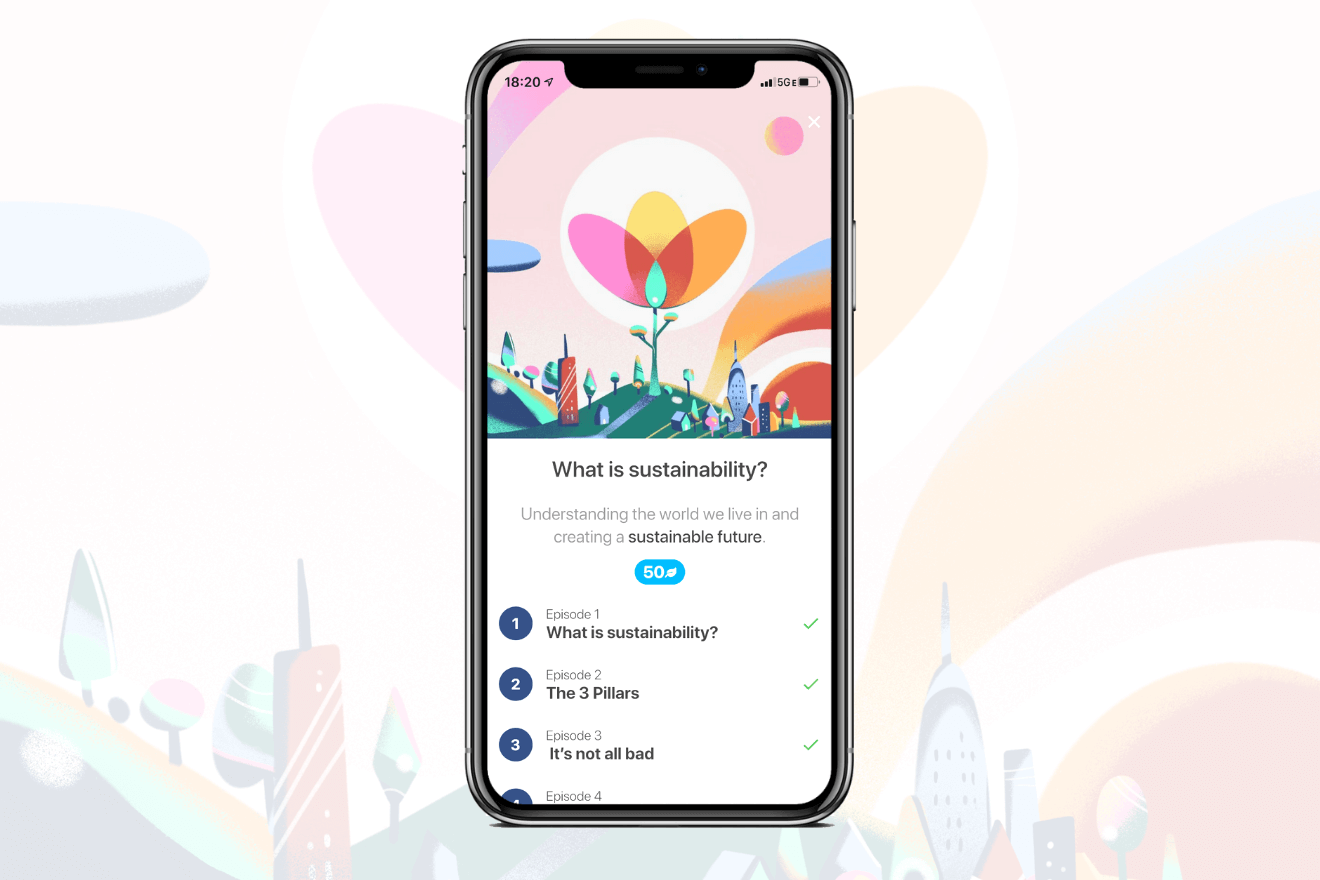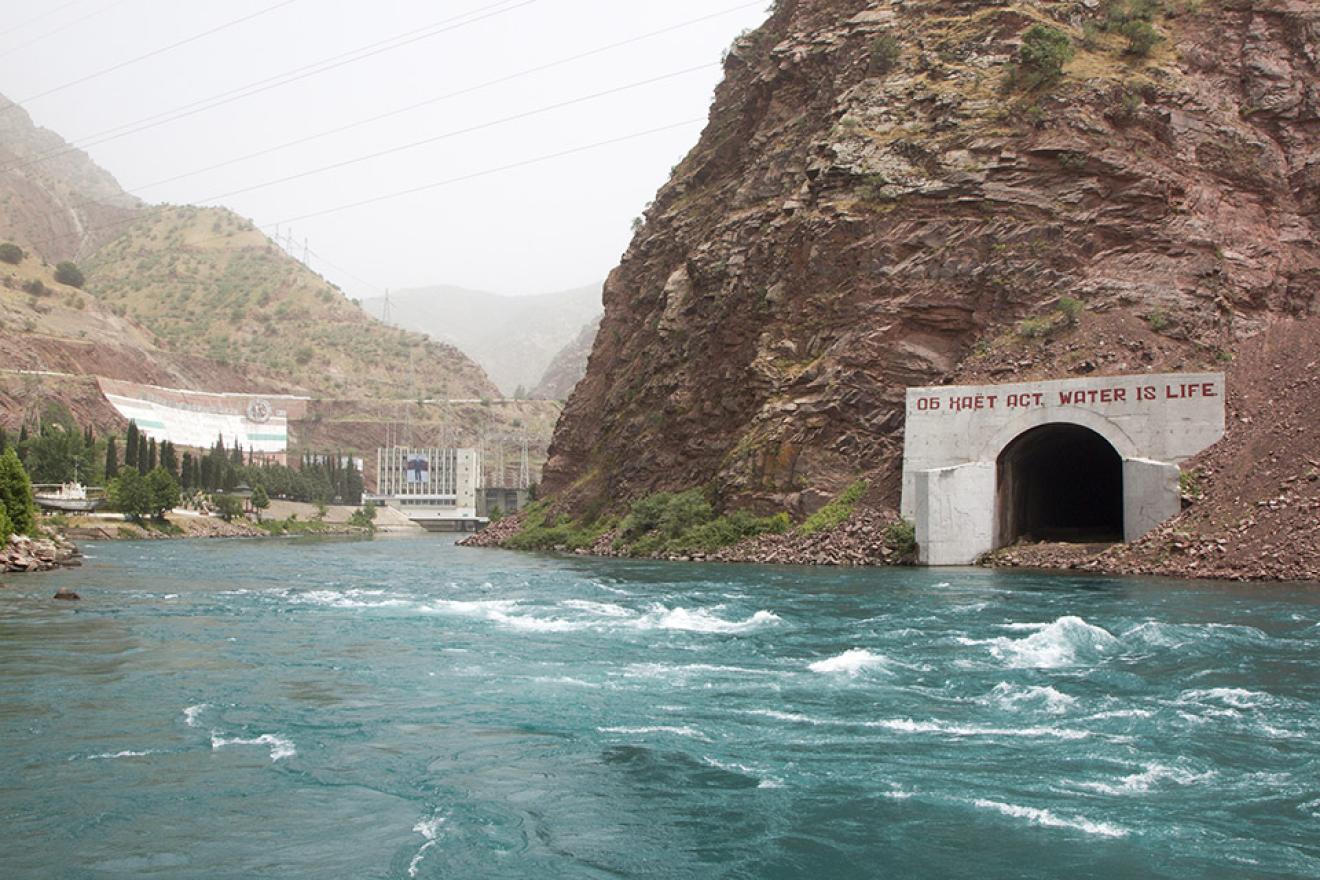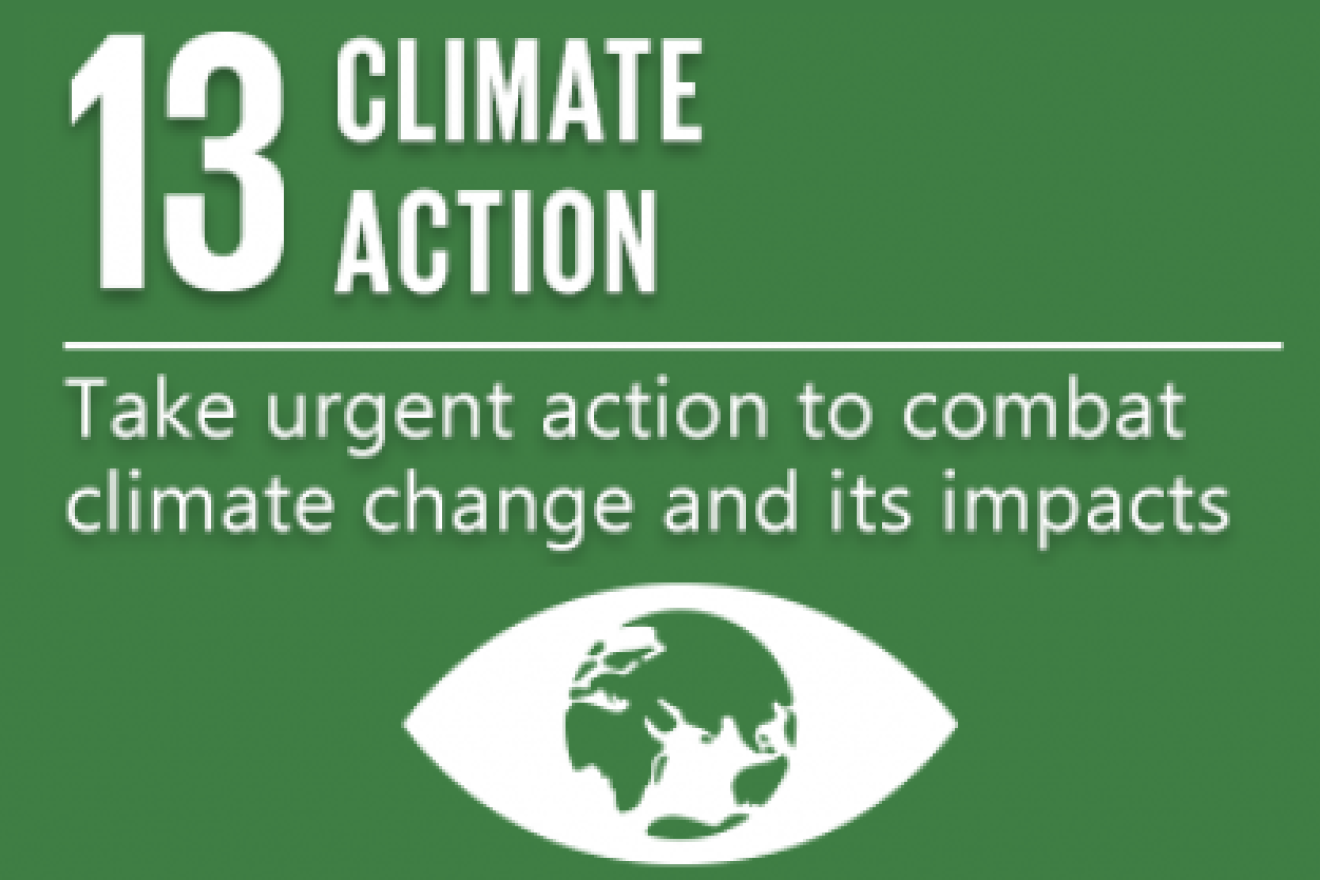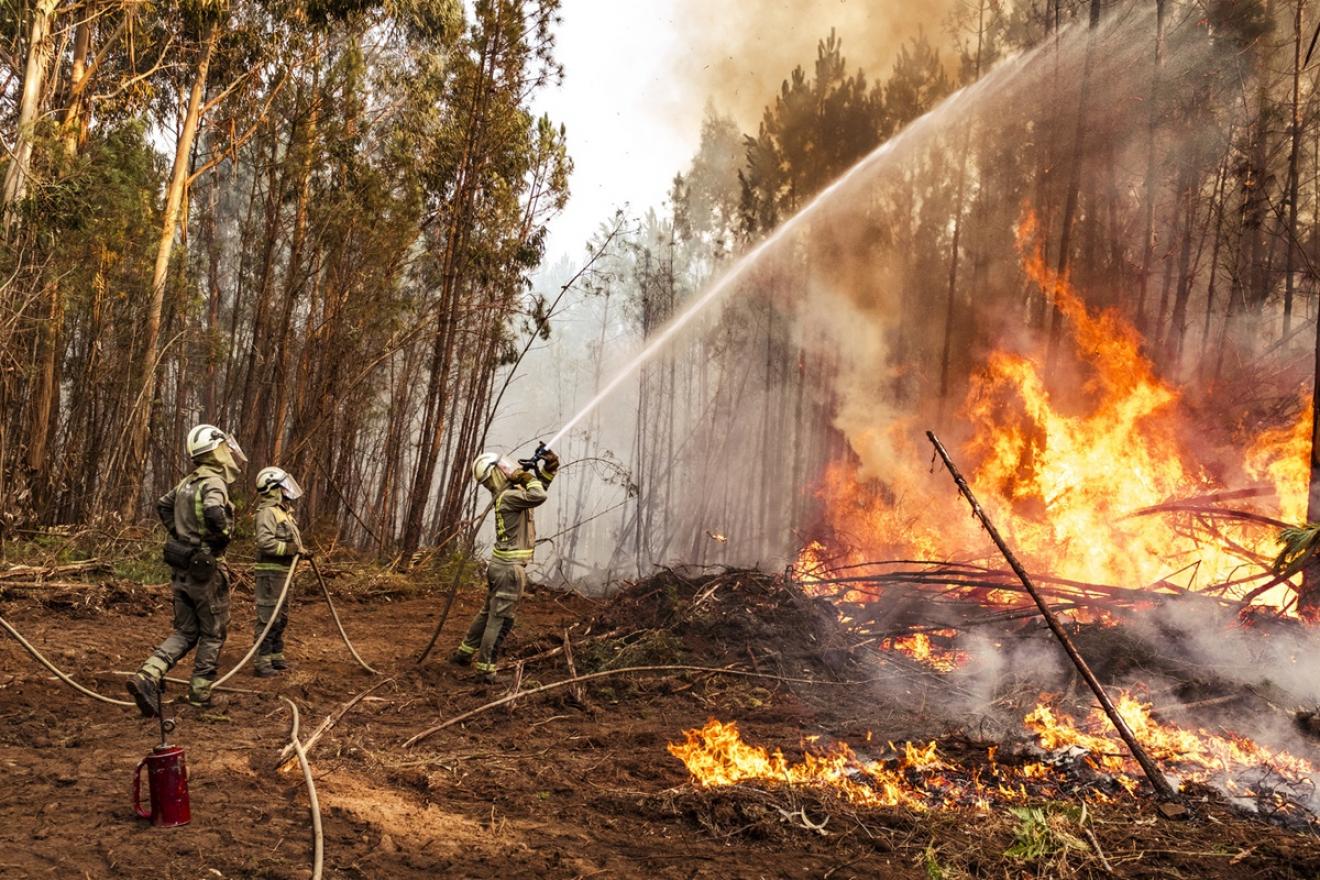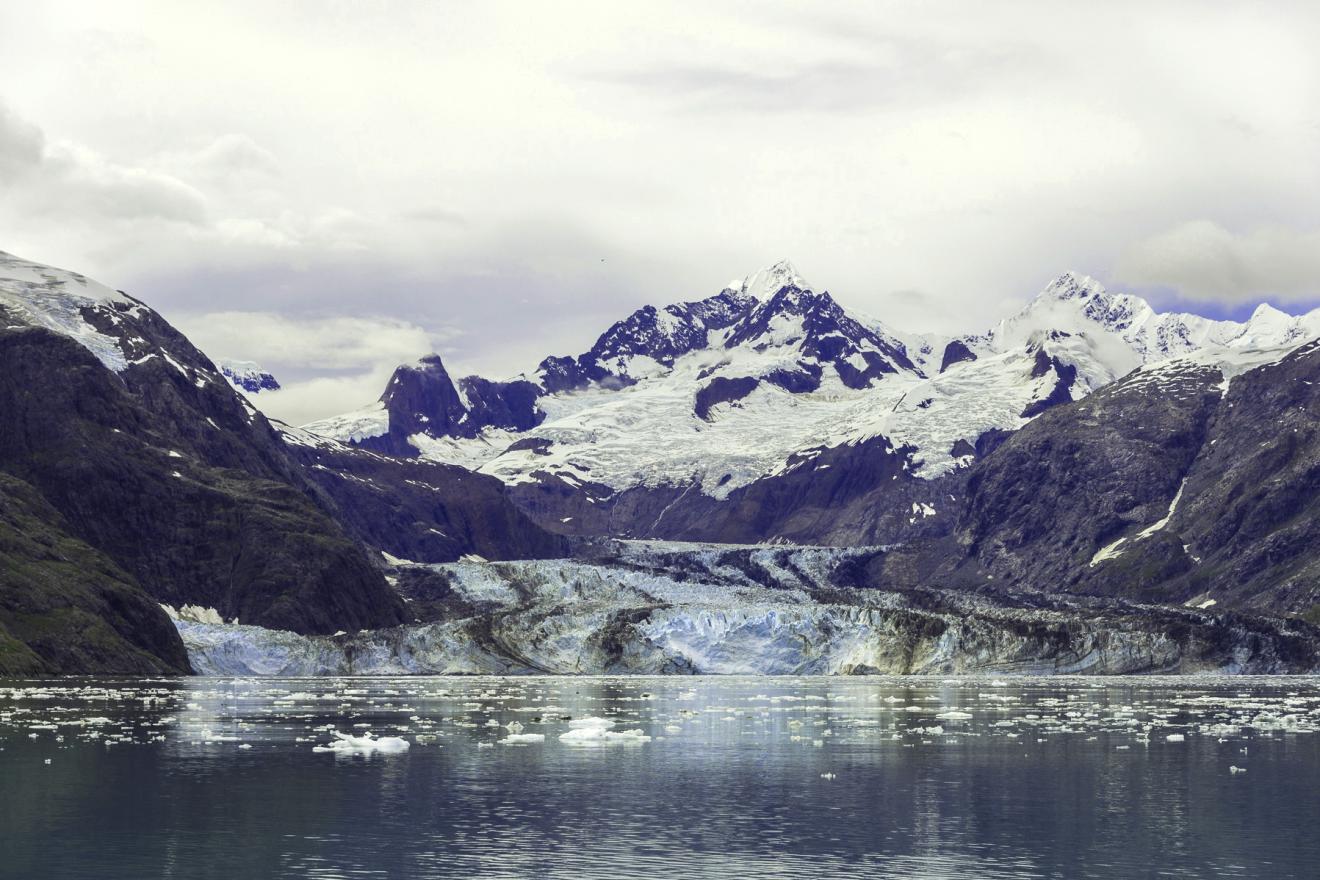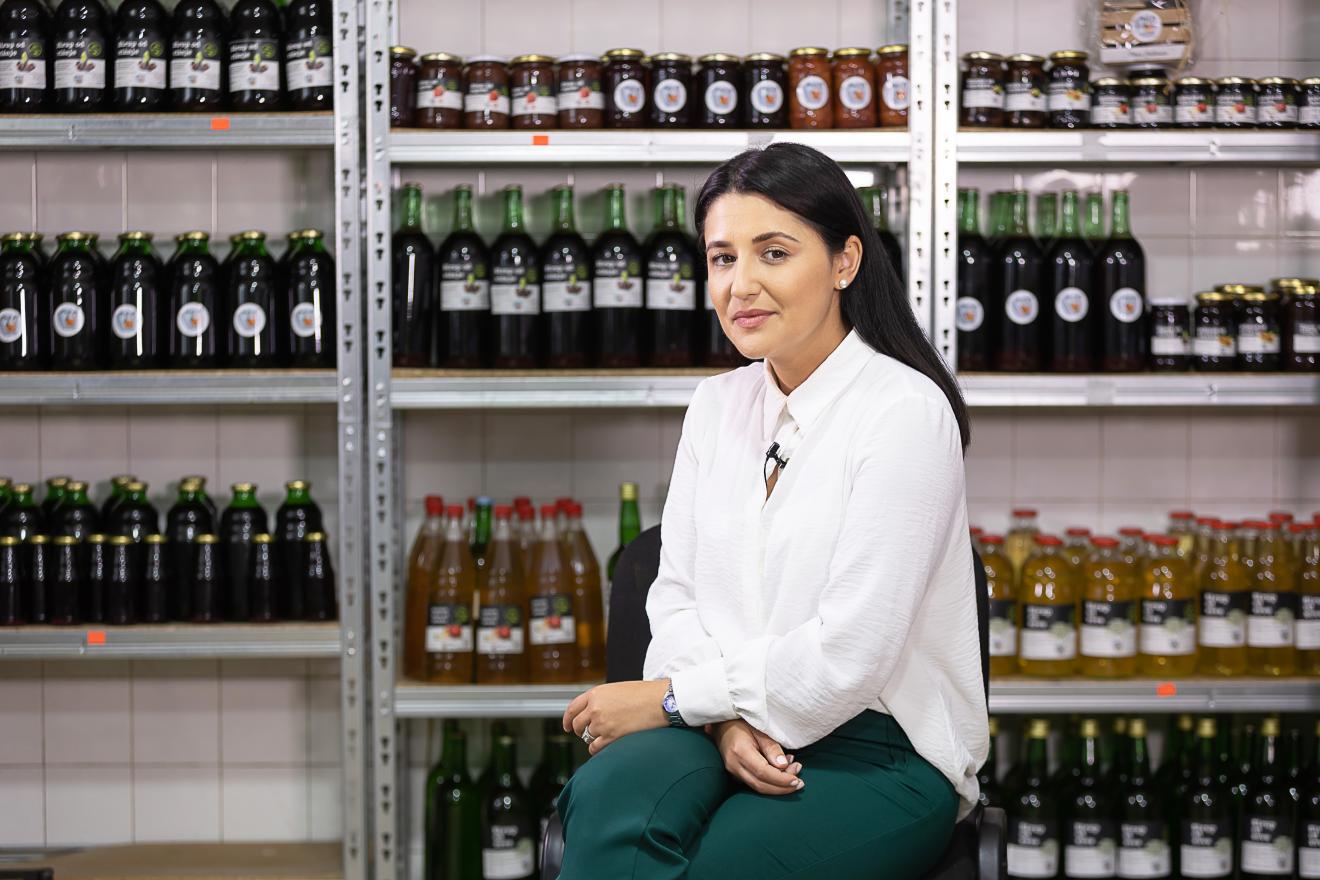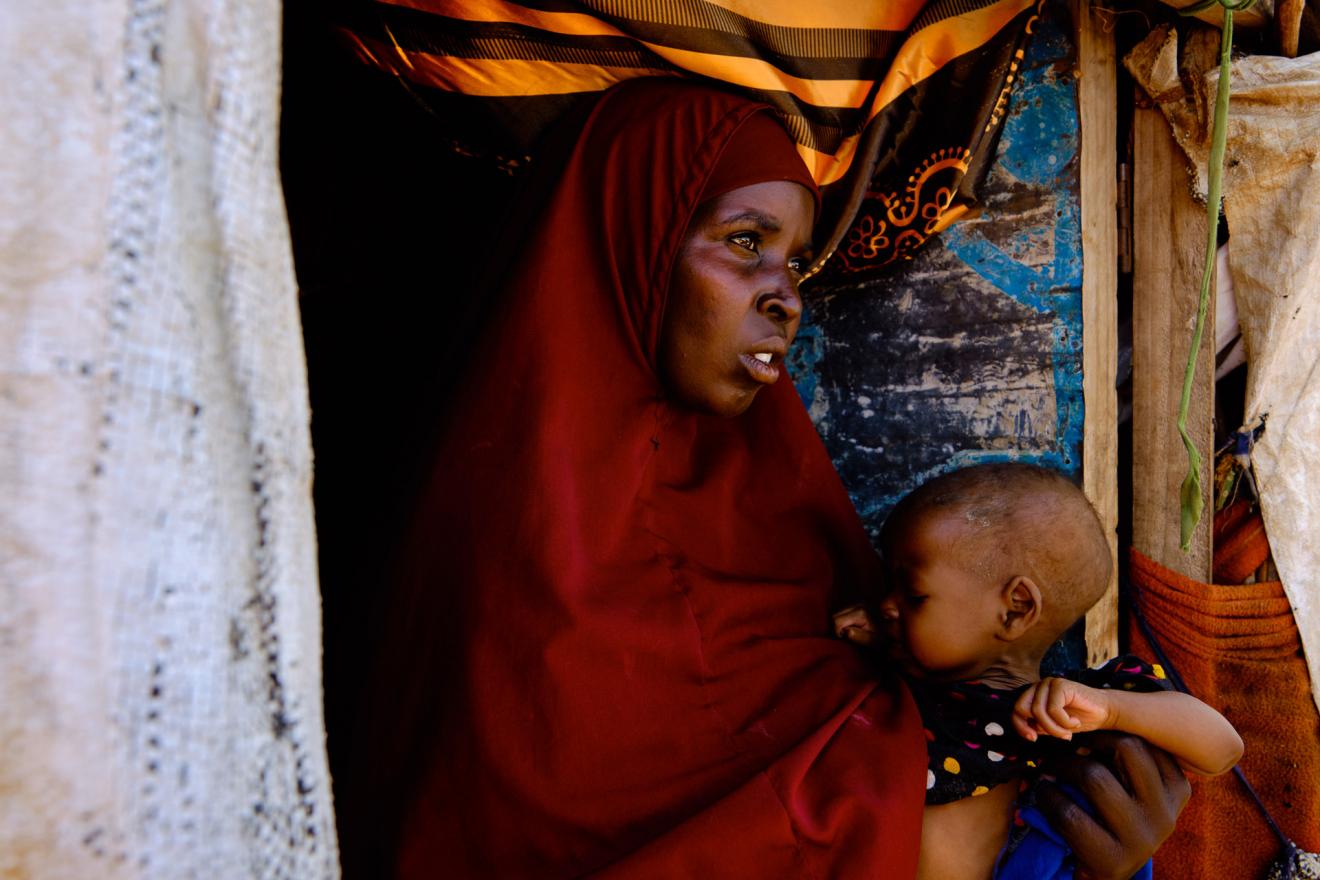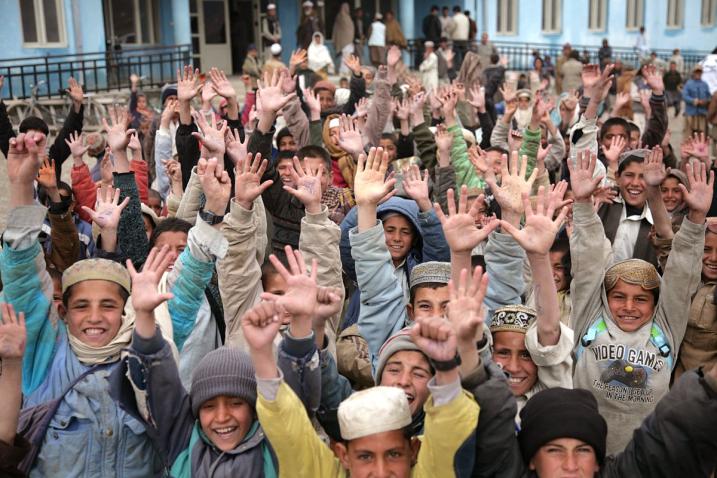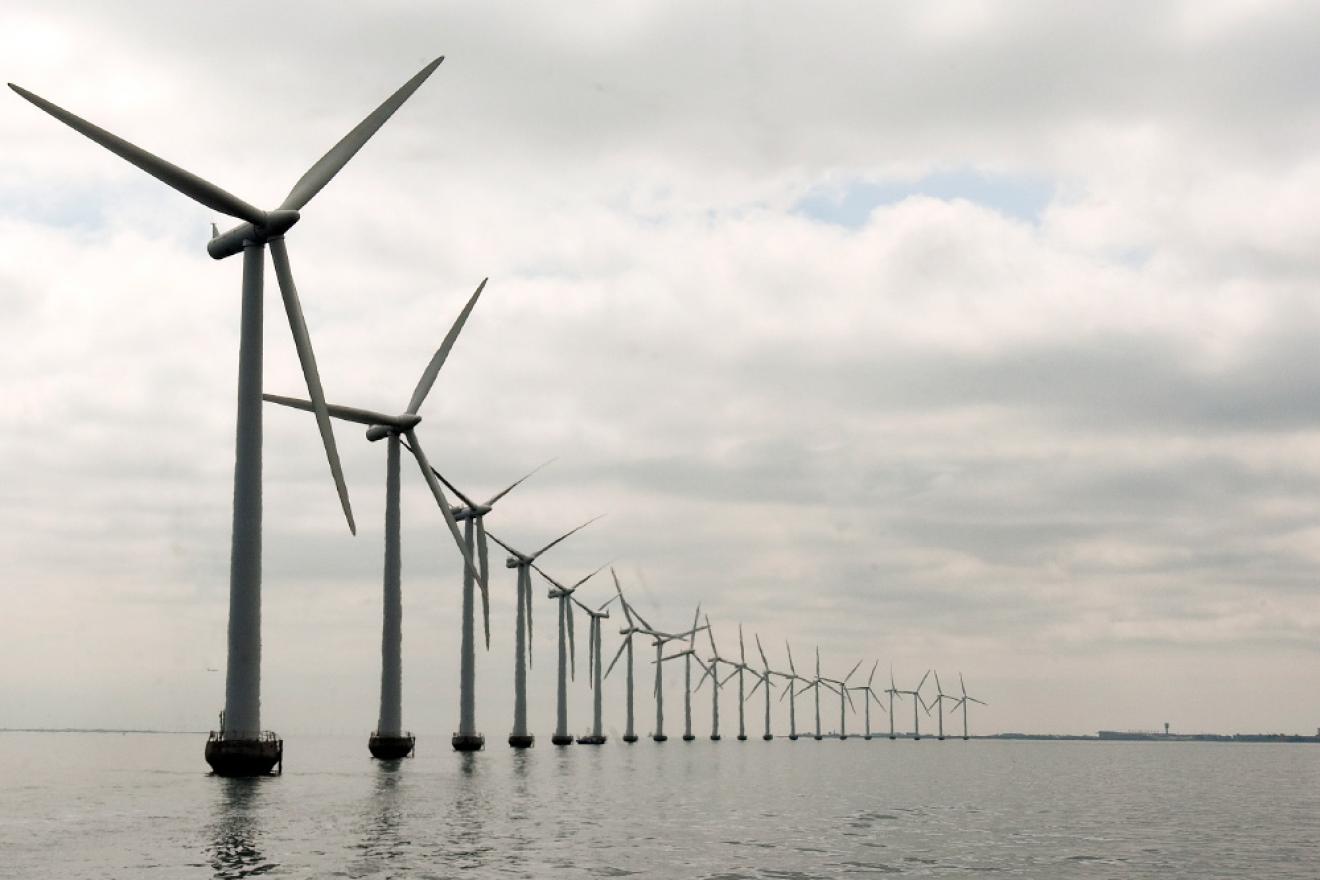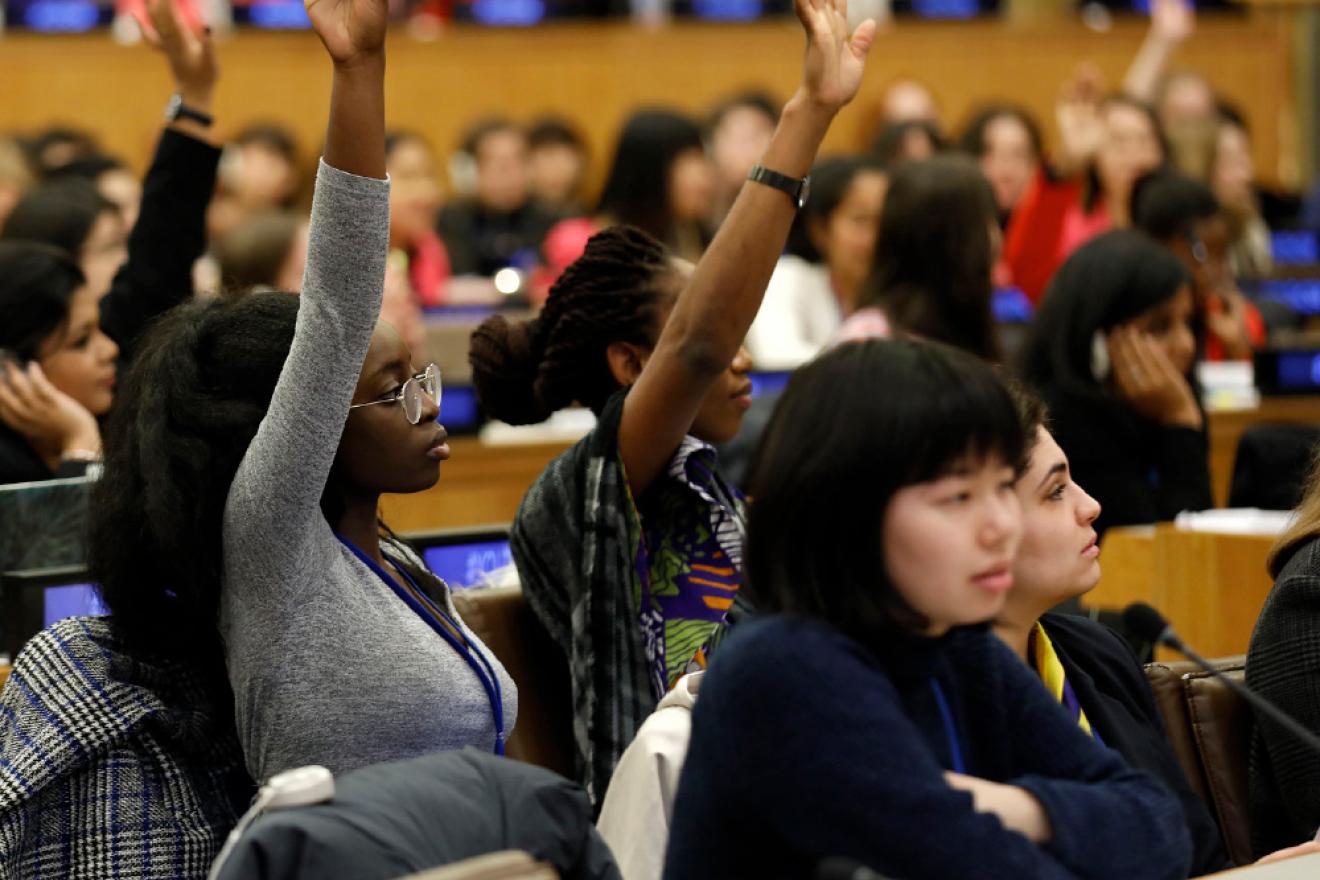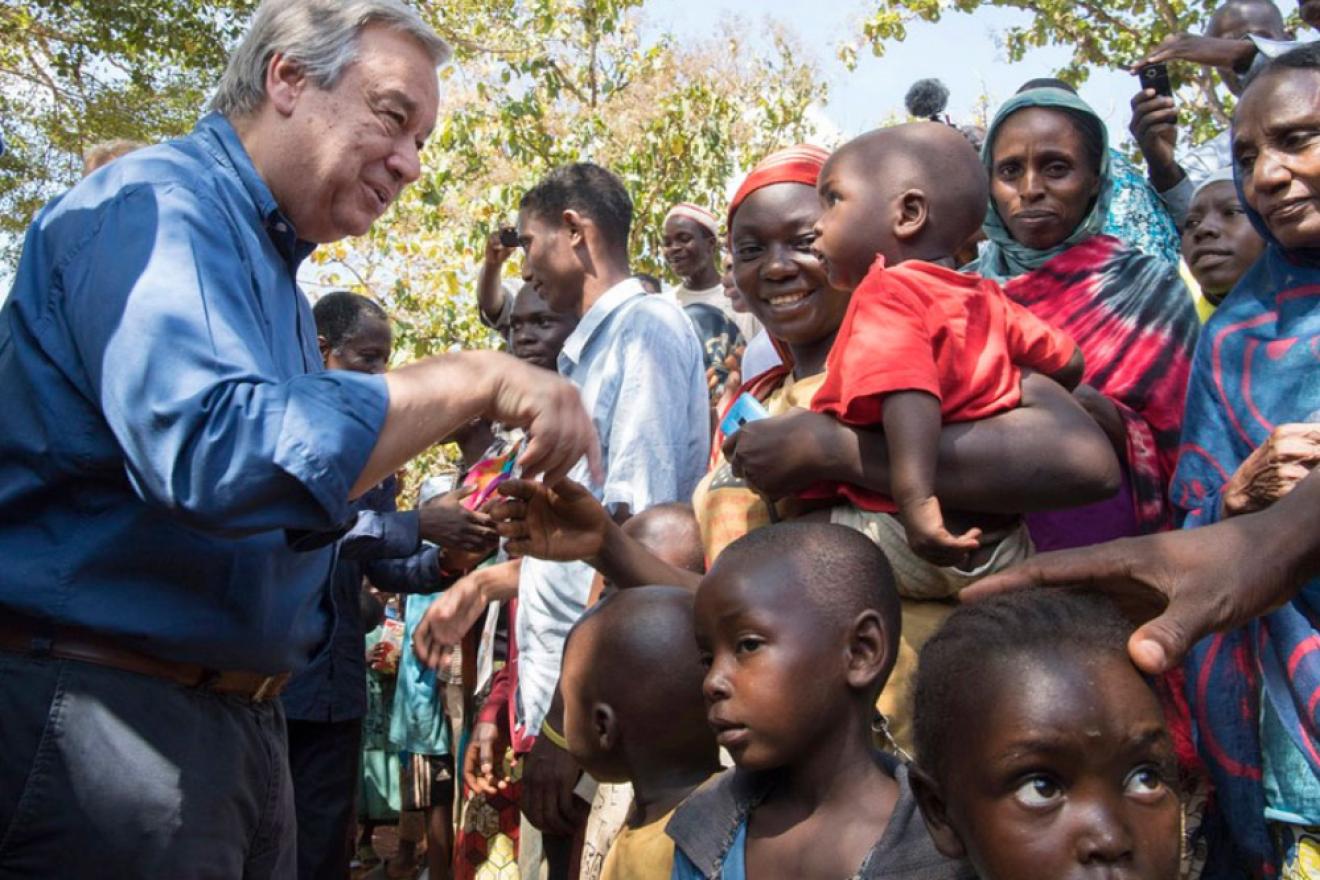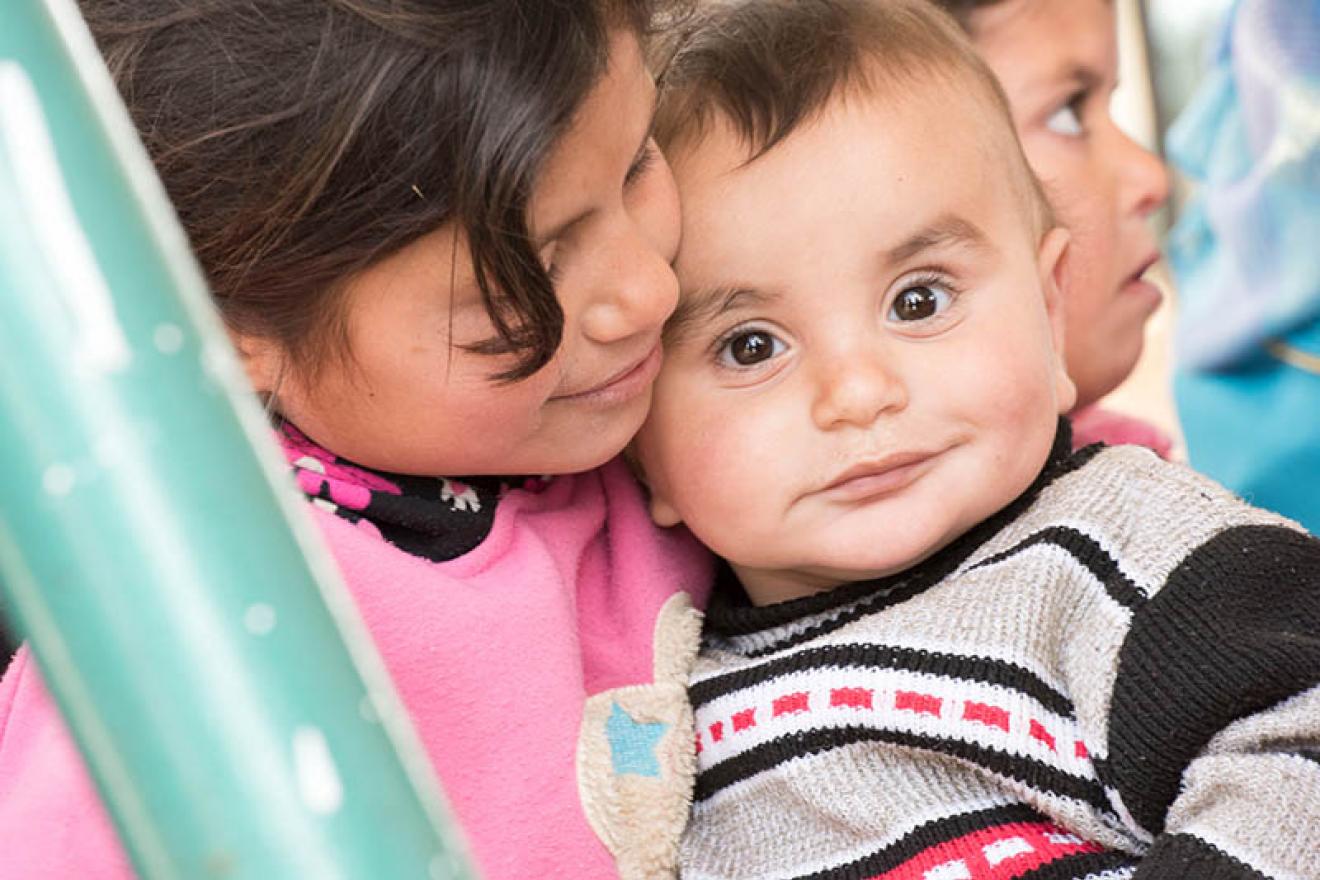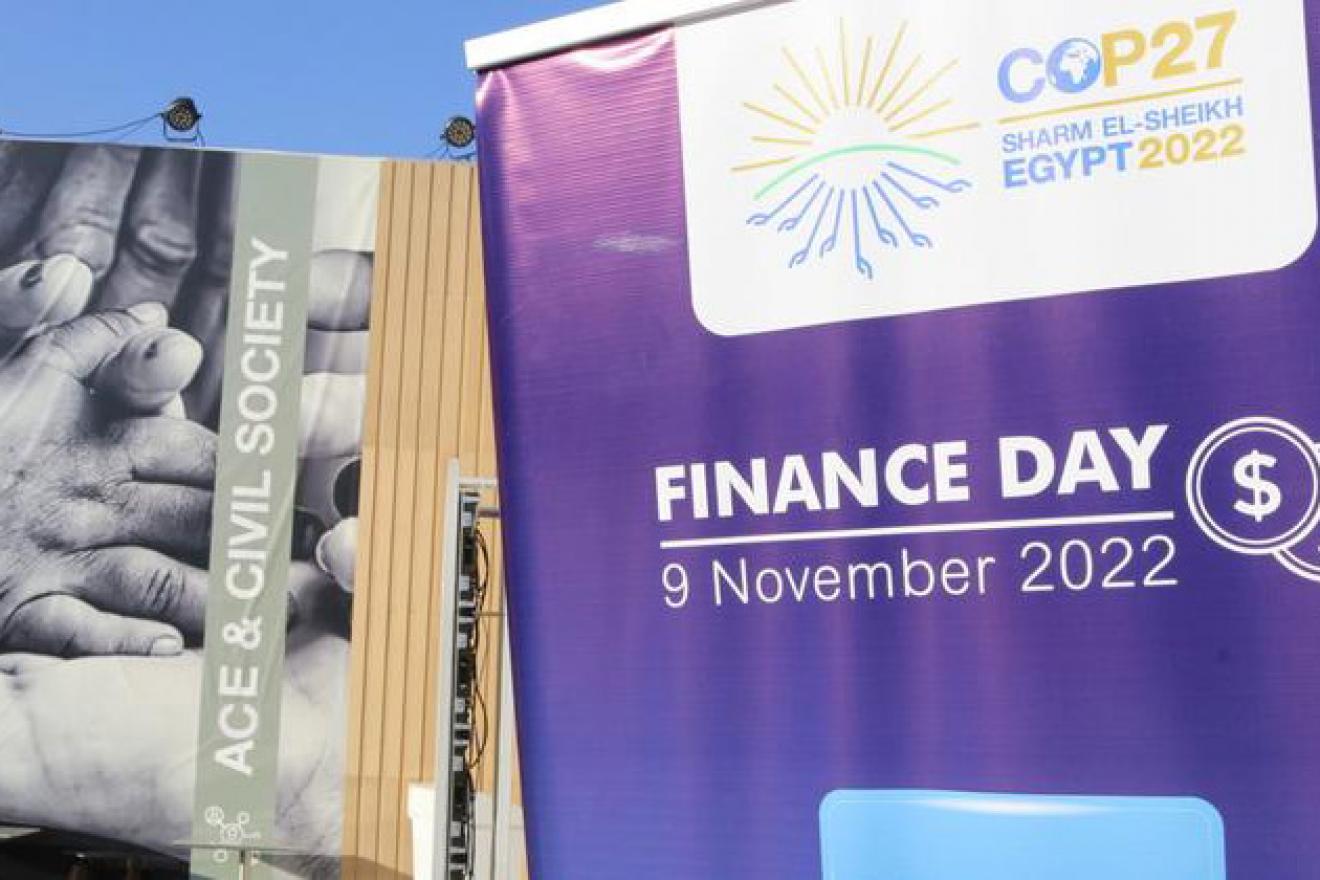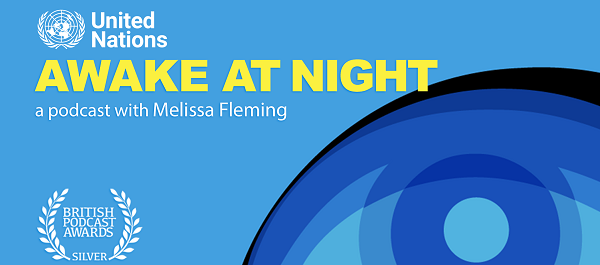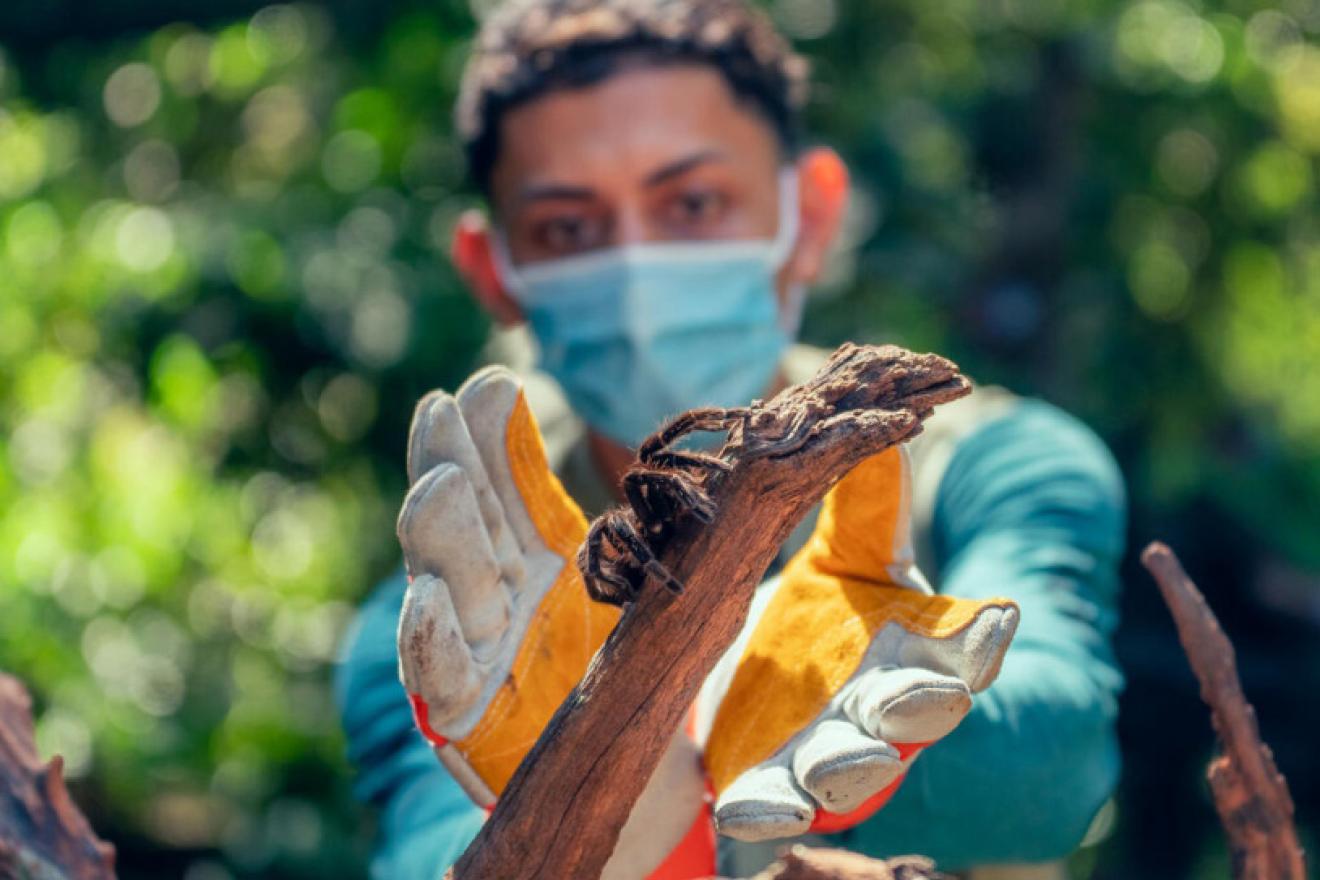2022 is a critical year for accelerating efforts on the SDGs. UN Summits seek to deliver solutions to today’s development challenges, and will lead up to the SDG Summit in 2023. Coming up next is COP27 in Sharm el-Sheikh (6 to 18 November).
Tolerance is neither indulgence nor indifference
Tolerance is respect and appreciation of the rich variety of our world's cultures, our forms of expression and ways of being human. Tolerance recognizes the universal human rights and fundamental freedoms of others. People are naturally diverse; only tolerance can ensure the survival of mixed communities in every region of the globe. On this International Day for Tolerance (16 November), the United Nations strengthens its commitment to strengthening tolerance by fostering mutual understanding among cultures and peoples.

Ukraine war: Risks of spillover ‘remain all too real’, Security Council hears
16 November 2022 — Some of the most intense bombardments in the war in Ukraine have occurred in recent days, UN political affairs chief Rosemary DiCarlo told the Security Council on Wednesday,...
COP27: Protecting biodiversity is protecting the Paris Agreement
16 November 2022 — While for many years the climate crisis and the biodiversity crisis have been treated as separate issues, the reality – as highlighted on Wednesday at COP27– is that there is no...
‘Milestone for humanity’ as UN celebrates 8 billionth birth
15 November 2022 — The Day of 8 Billion, officially marked on Tuesday, is a milestone moment for human longevity, according to the UN Population Fund (UNFPA), “signalling major improvements in...

